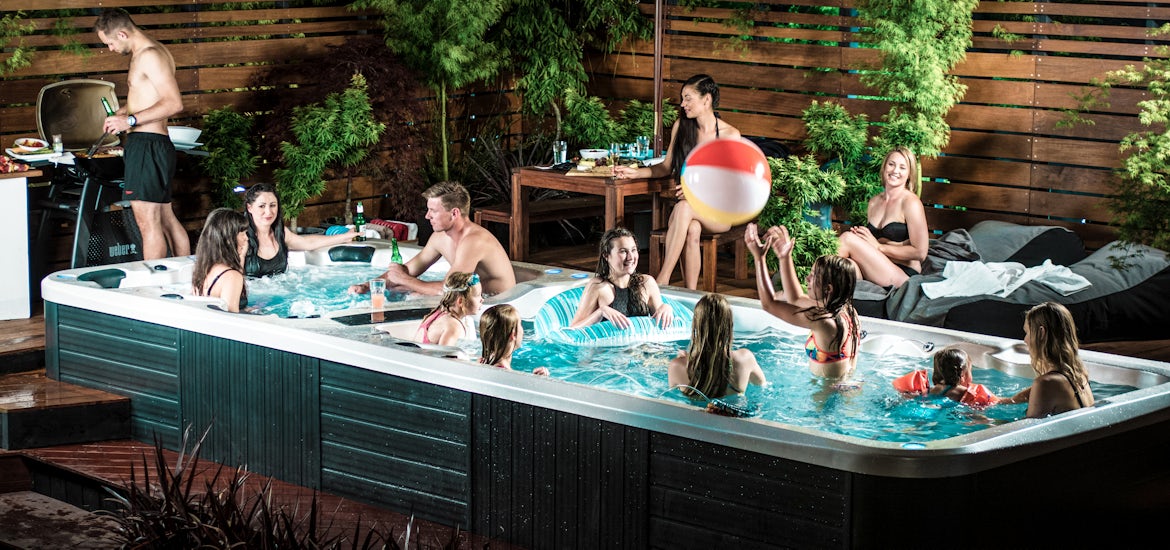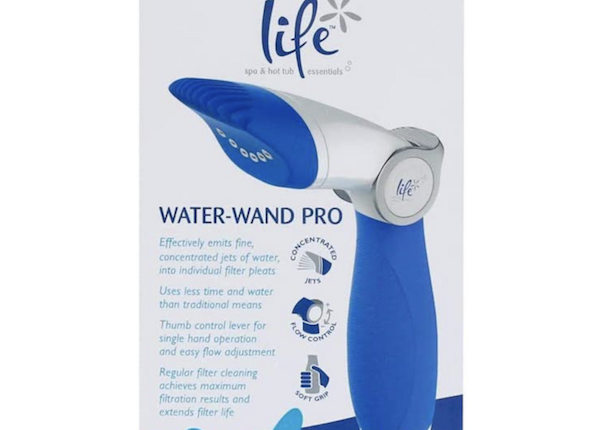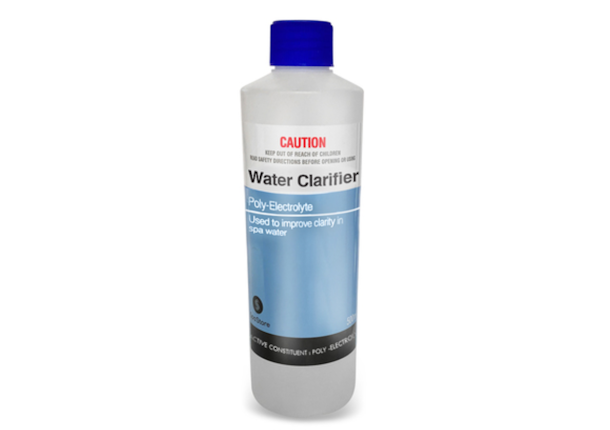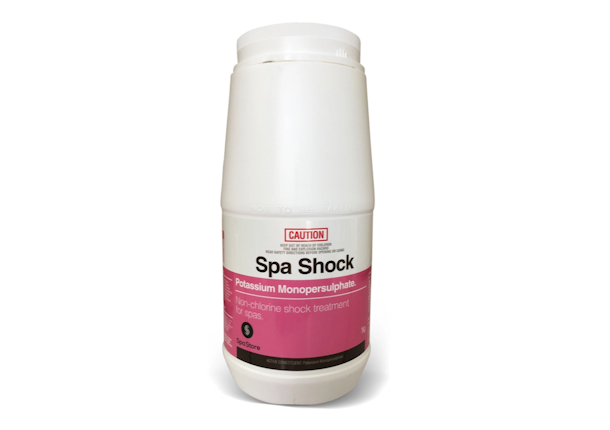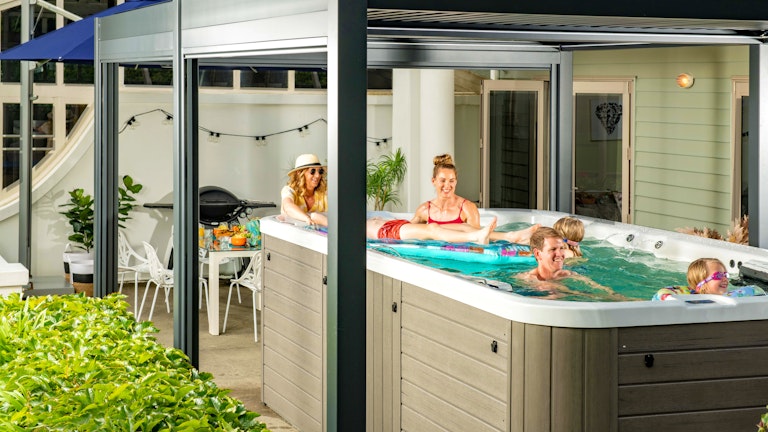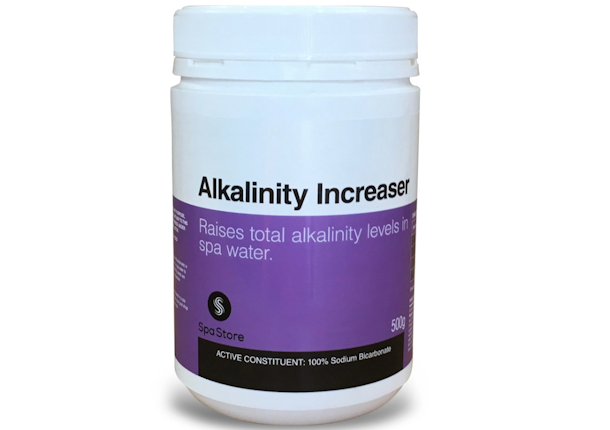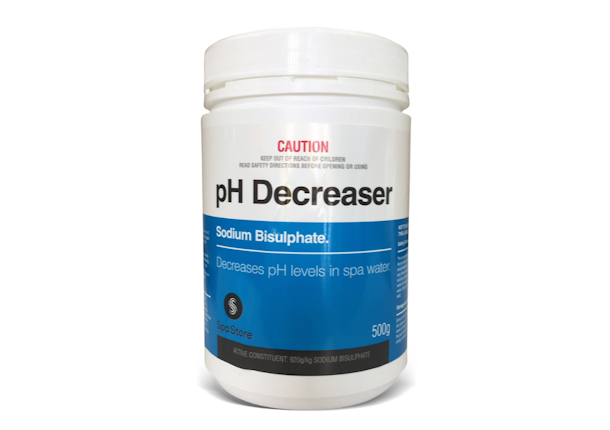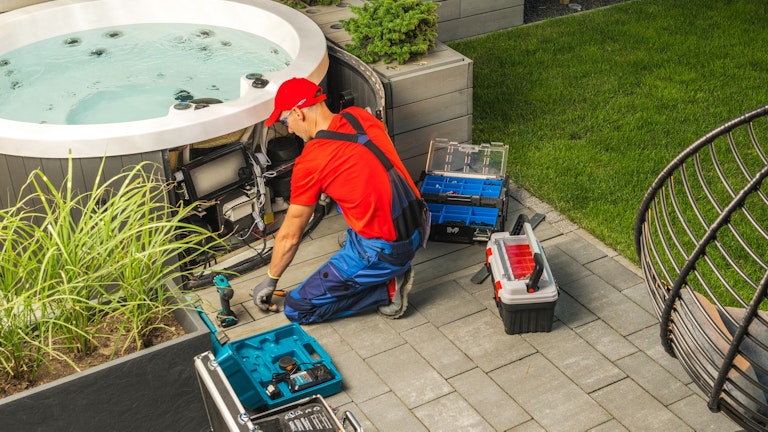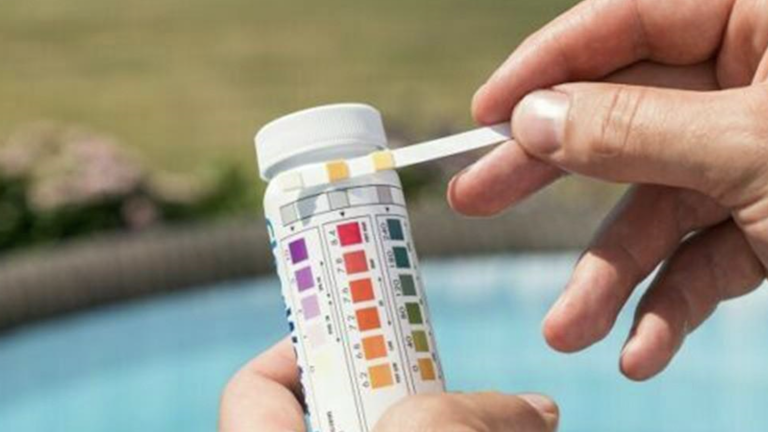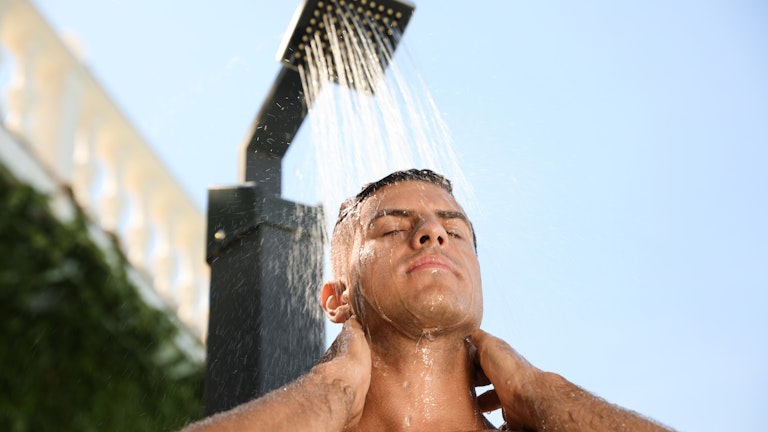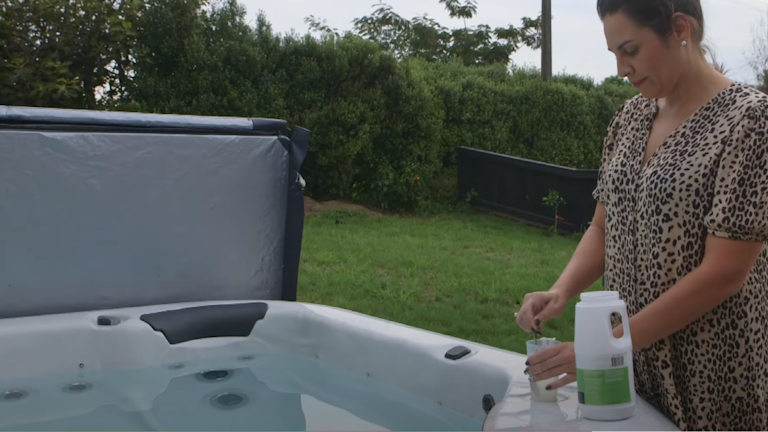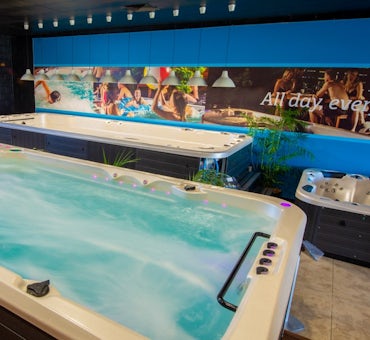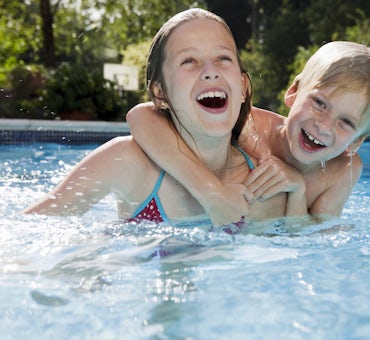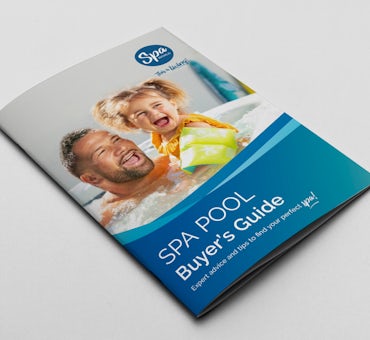It's important to make sure you are taking the necessary spa pool maintenance steps to keep your water and spa shell in great condition.
In this article, you'll learn:
- What are the best ways to maintain my spa pool during the busy season?
- What are some common problems that occur with spa pools during the busy season?
- What does a high pH level in my spa or hot tub mean?
- How can I keep algae from growing in my spa pool during the busy season?
- Are there any other tips or advice for spa maintenance during the busy season?
- How much chlorine should I use during the busy season?
CHEMICAL DISCLAIMER: In this article, you will find general information about chemicals. This article may not provide safety information that is specific to any particular product; it is not intended to be comprehensive or complete, and it is not intended to guarantee the appropriate use of any particular product or chemical.
Consumers should follow the specific instructions provided by the product manufacturer on the product label. This includes understanding the specific chemical composition of the product, its intended uses, and the potential exposure to various constituents.
